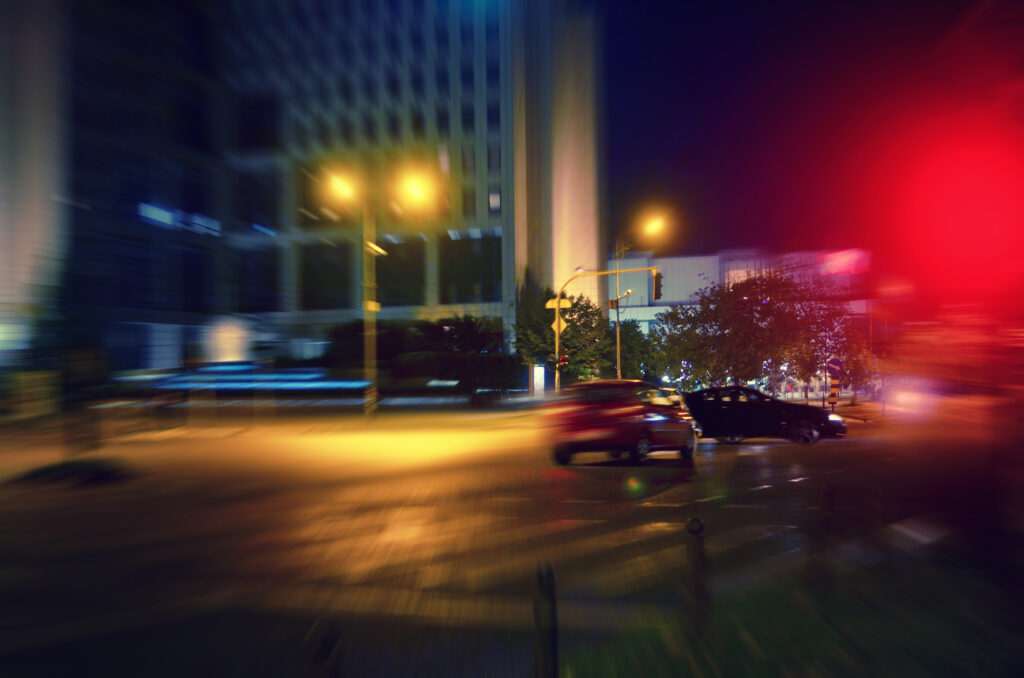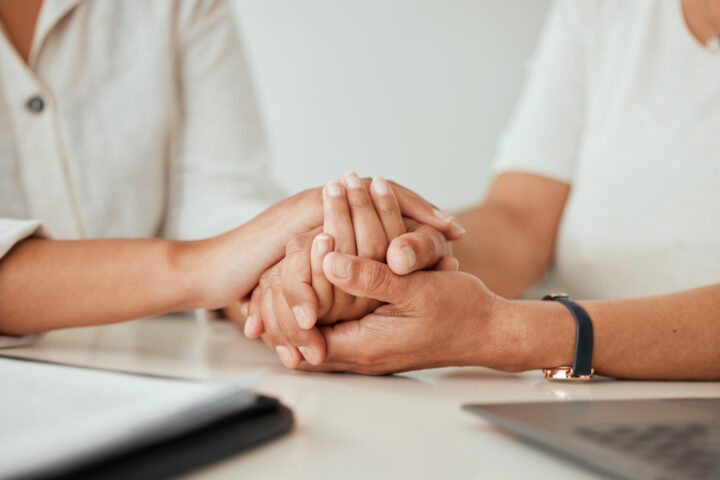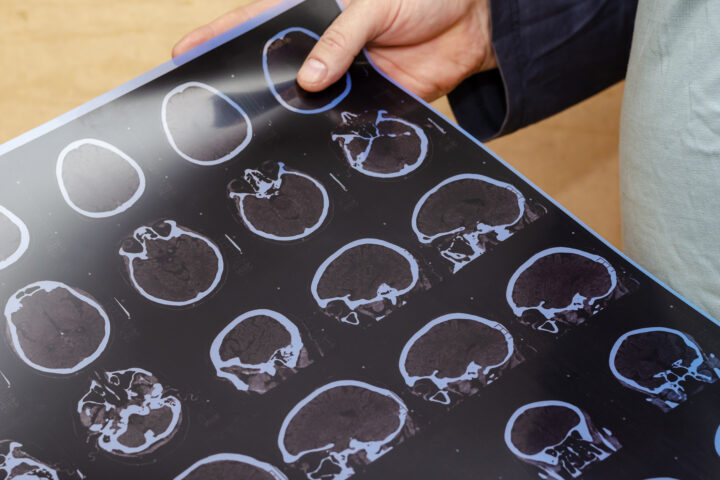
A hit-and-run car accident happens in the US every 43 seconds. This is a frightening experience. Not only are you dealing with the aftermath of a collision, but you also have the added stress of not knowing who did this to you. While it’s understandable to feel overwhelmed, it’s important to know what to do after a hit-and-run car crash so you can protect your rights.
Two Types Of Car Accidents
There are two types of car accidents that happen on our roads. At-fault accidents and non-fault accidents. At-fault accidents are those where one driver is responsible for the collision.
This can be due to speeding, recklessness, or even drunk driving. If you’re the victim of an auto accident, you can open a claim with the other driver’s insurance. The at-fault driver’s insurance is typically responsible for covering your damages.
Non-fault accidents are accidents where neither driver is at fault. This can be due to weather conditions, mechanical failures, or even road hazards. If you’re involved in a non-fault accident, your insurance should cover your damages.
What Is a Hit-and-Run Car Accident?
A hit-and-run is when one driver does not stop after an accident to exchange details with the other driver. In some cases, the driver may not even stop to render aid if one receives injuries. Hit and runs are a crime in most states, and they can come with serious penalties.
Here’s what to do after a hit-and-run accident.
Assess the Situation
After a hit-and-run, it’s important to remain calm and assess the situation. Check for injuries and, if possible, move to a safe location. If you’re able to do so, take pictures of the damage to your vehicle and get the contact information of any witnesses.
It’s also important to file a police report as soon as possible so that there is a record of the incident. In some cases, hit-and-run accidents can be prosecuted as felonies, so it’s important to take all necessary steps to ensure that the responsible party is held accountable.
By remaining calm and taking quick action, you can help ensure that justice is served.
Call The Police
The first thing you should do is call the police. A law enforcement officer will come to the scene of the accident and file a report. This will help ensure that a report is filed and that you have documentation of the incident.
Be sure to give the police as much information as possible, including a description of the other vehicle, if you have one.
Gather Information
While you wait for the police to arrive, gather as much information as possible about the other vehicle. If you were able to get a look at the car, make note of the make, model, and license plate number. If there are any witnesses to the accident, get their names and contact information.
If your car is damaged, take pictures of the damage. It’s also a good idea to take pictures of the accident scene, including any skid marks or debris.
Seek Medical Attention
The next step to take after contacting the authorities is to seek medical aid, even if you do not believe your injuries are severe. In the adrenaline of the moment, it can be difficult to assess your injuries. Injury claims for whiplash can take up to several months to submit because it takes time to establish proof of a diagnosis and obtain medical records.
Many people seek compensation for injuries not discovered until quite some time after an accident. It’s always best to err on the side of caution and get checked out by a medical professional.
Contact Your Insurance Provider
The next step is to call your insurance company and file a car accident claim. You’ll want to let them know that you’ve been in an accident, even if you don’t think it was your fault. Your insurance company will then open up a car accident claim and begin the process of investigating the accident.
Your insurance company will likely want a copy of the police report as well as any other information you have about the other vehicle. If your insurance company determines that you were not at fault for the accident, they may pursue what’s known as uninsured motorist coverage.
This is coverage that you pay for as part of your insurance policy that protects you if you’re injured by a driver who doesn’t have insurance. If your insurance company is successful in recovering damages from the other driver’s insurance company, you may be reimbursed for your medical expenses, lost wages, and other damages.
Get a Car Accident Attorney
If you have any questions about what to do after a hit-and-run crash, or if you need assistance with an insurance claim, contact an experienced car accident attorney. Hiring a lawyer is especially important if you sustain injuries. An attorney can help you navigate the complex legal process and fight for the full compensation you deserve.
Types of Attorneys that Handle Car Accidents
Many different types of lawyers handle car accidents. The type of attorney you need will depend on the severity of the accident and the injuries you’ve sustained. If you’ve been in a minor car accident with no injuries, you may just need an attorney to help you with the insurance claim.
If you’ve been in a more serious accident, you may need a personal injury attorney to help you negotiate with the insurance company and file a personal injury lawsuit.
Get the Help You Need After a Hit-and-Run
If you’ve been involved in a hit-and-run car accident, it’s important to know what to do next so that you can protect your rights. Call the police, gather all your info, take pictures, and then seek medical attention. Then, hire a lawyer to do the rest.
The Santiago Accident Lawyers of Orange County are here to help you after your hit-and-run accident. We have over years of experience helping our clients get the full compensation they deserve. Schedule a free consultation today and let us count you among our happy clientele.


